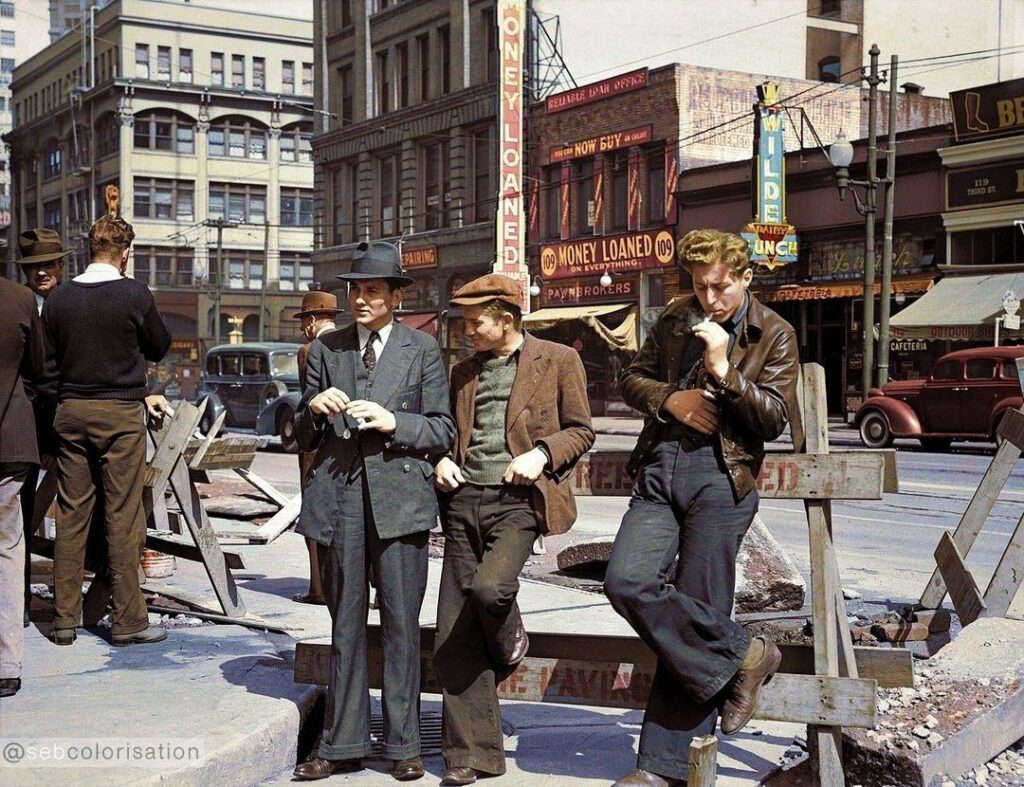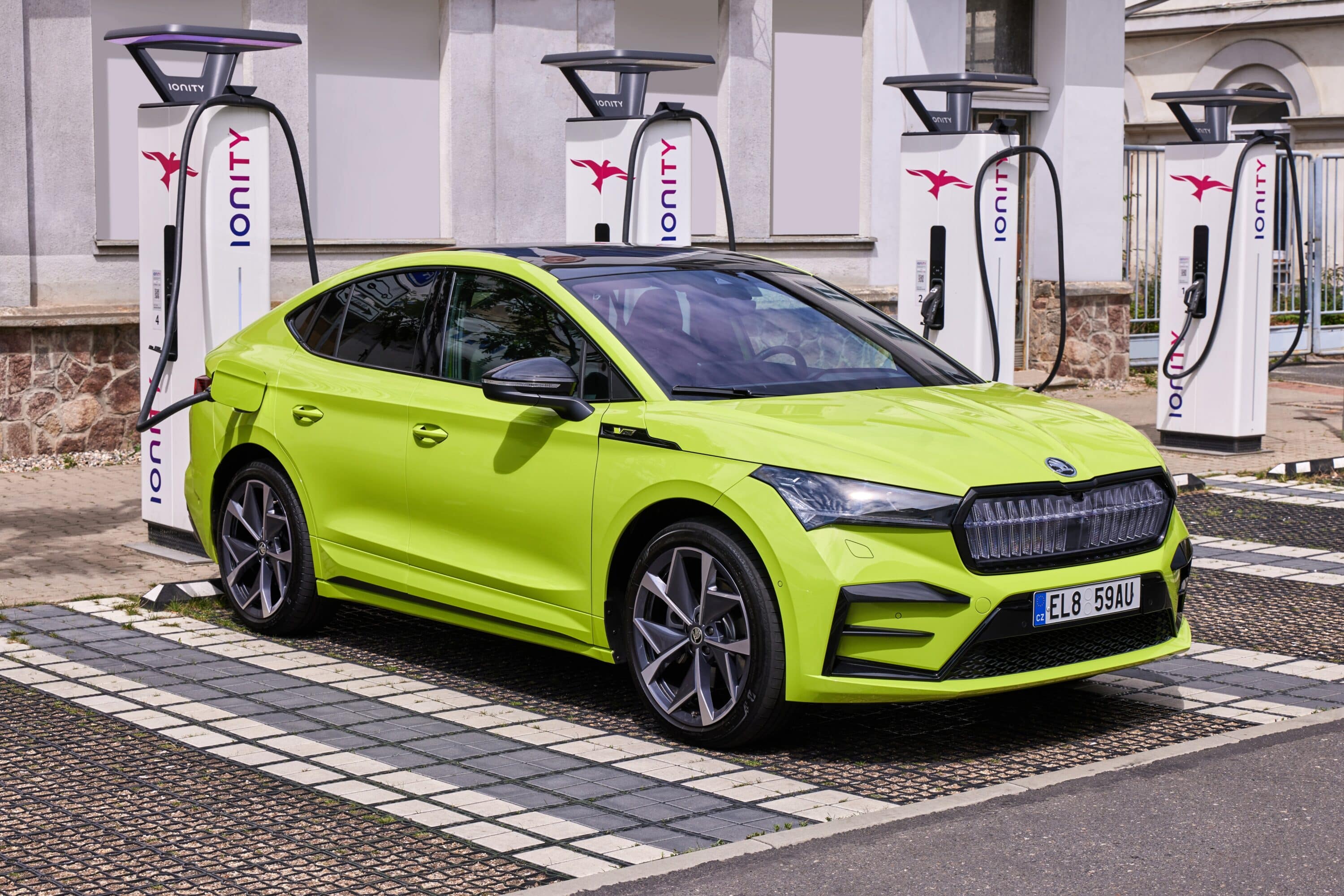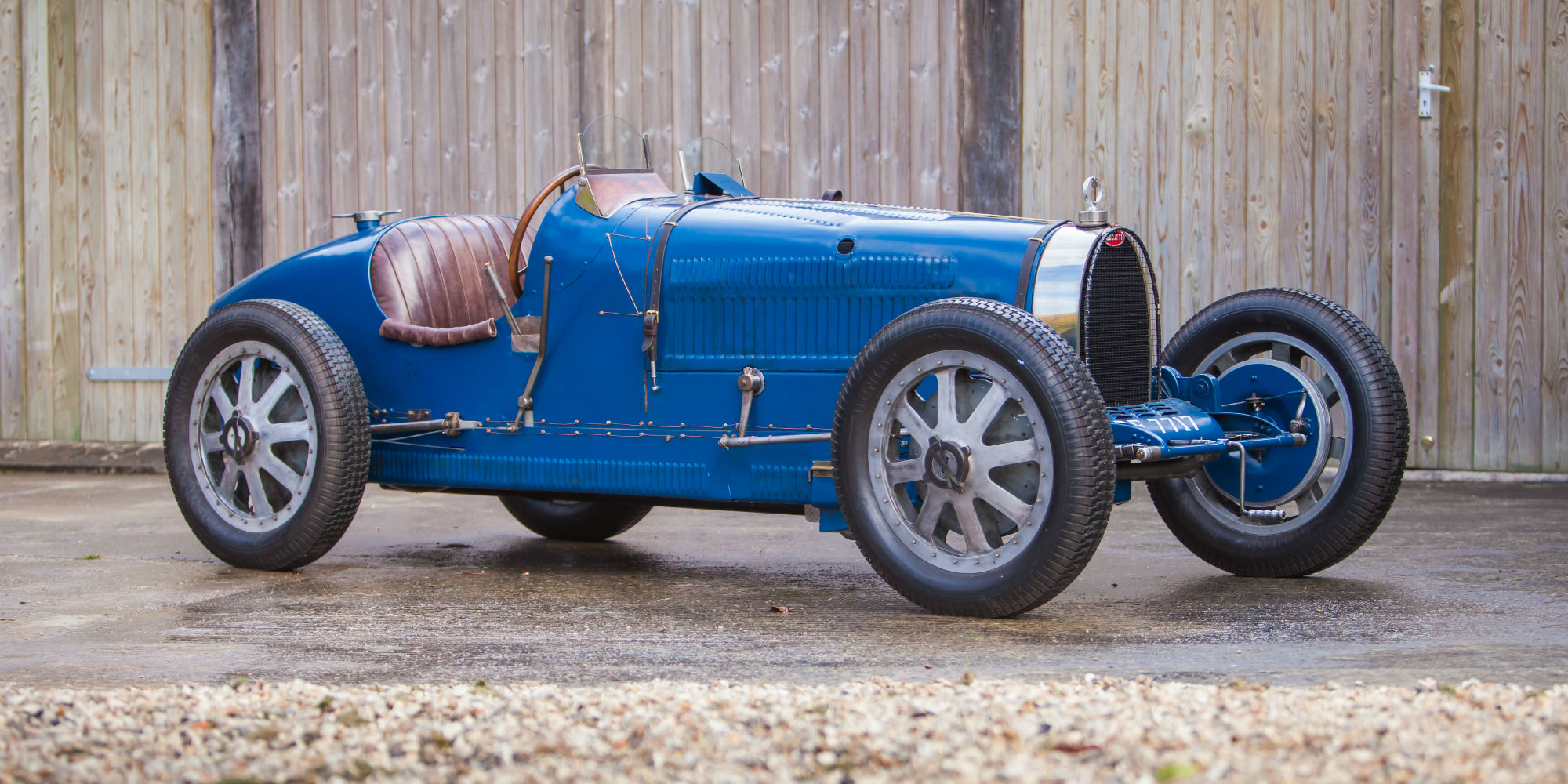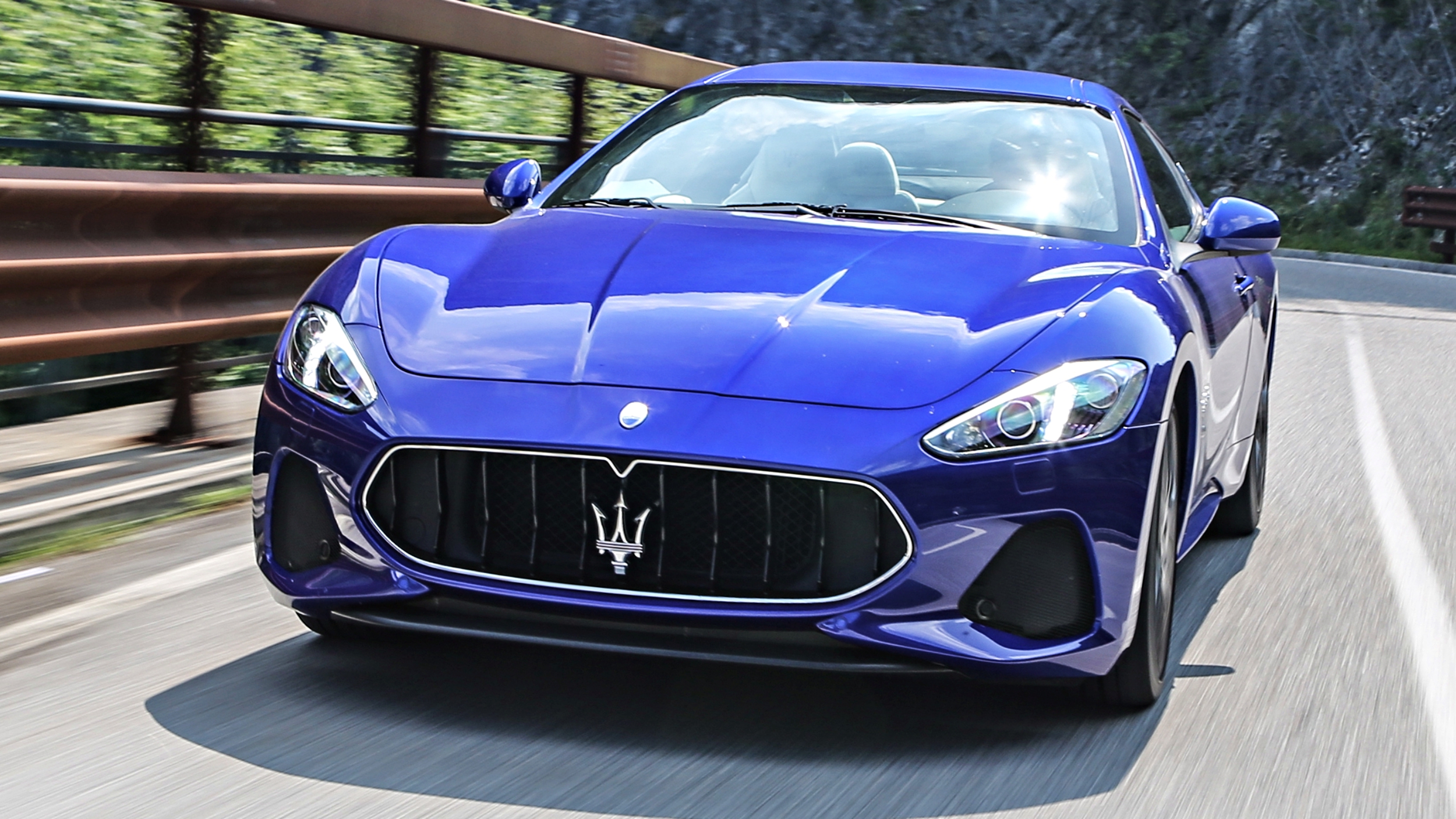1930s Race Cars 5 Iconic Machines
The roaring twenties may have ended, but the excitement of speed and innovation in the automotive world only accelerated into the 1930s. The Great Depression cast a long shadow, yet amidst economic hardship, a golden age of motorsport flourished. This era witnessed incredible engineering feats and breathtaking races, producing some of the most legendary race cars of the 1930s the world has ever seen. These machines weren't just about going fast; they were testaments to human ingenuity, perseverance, and the unwavering desire to push boundaries. They were the embodiment of a bygone era, a time when racing was a dangerous, exhilarating sport that captivated audiences across the globe.
The spectacle of these magnificent vehicles, often piloted by daring individuals, captured the imagination of millions. The competition was fierce, and the technological advancements were rapid. This period also highlighted significant shifts in both design and manufacturing, paving the way for the modern automobile and influencing the very fabric of how we understand speed and performance. This article delves into five of the most iconic race cars of the 1930s, exploring their engineering marvels, their racing triumphs, and their enduring legacy.
The evolution of these cars directly influenced the development of road-going vehicles. Design elements, such as improved aerodynamics and powerful engines, were continuously refined and adapted for the track, eventually trickling down to consumer cars. The 1930s were a crucible of automotive innovation, a period where the pursuit of speed and victory led to dramatic changes in the automobile industry.

The Mercedes-Benz W25
---Front-3869660-2560x1440.jpg)
Birth of the Silver Arrows
The Mercedes-Benz W25 holds a significant place in racing history. Introduced in 1934, it marked the debut of the legendary "Silver Arrows," the dominant force in Grand Prix racing for the rest of the decade. The original specification called for a car no heavier than 750 kg without fuel, water, and tires. Legend has it that the team found their car overweight just before its debut race, so they famously scraped off the paint, revealing the aluminum body underneath and shedding the excess weight. This exposed aluminum gave the car its iconic silver appearance, leading to the nickname "Silver Arrows."
Engineering Prowess
The W25 was a technological marvel for its time. It was powered by a supercharged 3.4-liter straight-eight engine, initially producing around 310 horsepower. Over time, this engine was refined, and its power output steadily increased. The car featured independent suspension, a significant advancement that improved handling and cornering capabilities. Its lightweight construction and advanced engineering allowed it to dominate the competition. For more information on its engine, explore the details available on the Mercedes-Benz website.
Racing Success
The W25 immediately began to rack up victories. It won its first race at the Eifelrennen at the Nürburgring in 1934, piloted by Manfred von Brauchitsch. Throughout the 1930s, the W25 and its subsequent iterations (like the W125) secured numerous Grand Prix wins and championships, cementing Mercedes-Benz's dominance. Its victories established the brand as a leader in automotive racing, and they contributed significantly to the image of German engineering excellence.
The Auto Union Type A, B, C

A Rival to Mercedes-Benz
While Mercedes-Benz was creating the Silver Arrows, the Auto Union (later Audi) team was also making waves. Formed in 1932, the Auto Union team, backed by a merger of four German automakers, presented a direct challenge to Mercedes-Benz's dominance. Their cars, designed by Ferdinand Porsche, were revolutionary in their layout and design.
Revolutionary Design
The Auto Union cars were characterized by their mid-engine configuration, with the engine positioned behind the driver. This design, uncommon at the time, provided improved weight distribution and handling. The initial Type A, followed by the Type B and Type C, utilized supercharged engines of varying sizes, ranging from 4.4 to 6.0 liters, producing up to 520 horsepower in the Type C. This massive power, coupled with the car's lightweight construction, made them incredibly fast.
Racing Prowess and Challenges
The Auto Union cars were incredibly powerful but also challenging to drive. They were known for their brutal acceleration and tricky handling, requiring skilled drivers to control them. Despite these challenges, they achieved considerable success, winning numerous Grand Prix races and setting land speed records. They were a significant rival to Mercedes-Benz, providing some of the most exciting racing action of the decade. You can read more about the development of the Auto Union cars on the Audi website.
Alfa Romeo Tipo B (P3)

Italian Elegance and Speed
Alfa Romeo had a long and distinguished history in motorsport, and their Tipo B, also known as the P3, was a masterpiece of Italian engineering. Introduced in 1932, the P3 was designed by the legendary Vittorio Jano. Its sleek, aerodynamic design and powerful engine made it a formidable competitor on the track.
Engineering Excellence
The P3 was powered by a supercharged 2.6-liter straight-eight engine, later increased to 2.9 liters, delivering impressive power for its time. It featured independent suspension and a sophisticated chassis design, contributing to its excellent handling characteristics. Its lightweight construction, combined with its powerful engine and advanced suspension, made it a dominant force in Grand Prix racing.
Racing Victories
The Alfa Romeo P3 achieved remarkable success, winning numerous Grand Prix races and championships. It was driven by some of the most talented drivers of the era, including Tazio Nuvolari, who became synonymous with the car's victories. The P3's elegance, speed, and racing triumphs cemented Alfa Romeo's place as one of the premier racing brands of the 1930s.
Bugatti Type 35

The Legacy of Bugatti
While the Type 35 was introduced in the late 1920s, its success continued into the 1930s. The Bugatti Type 35 is arguably one of the most successful race cars of all time, boasting an incredible racing record. It embodies the Bugatti philosophy of combining beauty, engineering, and performance.
Engineering and Design
The Type 35 was known for its sophisticated engineering and elegant design. It featured a lightweight, durable chassis, and a supercharged 2.0-liter straight-eight engine that produced around 140 horsepower. Its distinctive horseshoe-shaped radiator and finely crafted bodywork were instantly recognizable.
Racing Dominance
The Bugatti Type 35 was a dominant force in Grand Prix racing and other motorsport events. It won countless races and championships worldwide. The car's reliability, speed, and handling made it a favorite among drivers and a symbol of Bugatti's engineering prowess. The Type 35's racing success cemented Bugatti's place in racing history. You can explore more about its history on the Bugatti official website.
Maserati 8CTF

American Racing Success
The Maserati 8CTF, though designed in Italy, achieved its greatest fame in America. The 8CTF (8 Cylinder, Testa Fissa – meaning fixed head) was a powerful and successful race car that dominated the Indianapolis 500.
Engineering Features
The 8CTF featured an innovative straight-eight engine with a fixed cylinder head, which was unusual for the time. This design contributed to its power and reliability. The engine was supercharged and delivered impressive performance. The car was built on a sturdy chassis, designed to withstand the demands of racing.
Racing Triumph at Indianapolis
The Maserati 8CTF is best known for its victories at the Indianapolis 500. It won the race in 1939 and 1940, driven by Wilbur Shaw. These victories secured Maserati's place in American racing history. The 8CTF represented the Italian brand's ability to deliver performance in a new market, solidifying its status in the American racing scene. For details about the Indy 500 races, check out the official Indianapolis Motor Speedway website.
Conclusion
The race cars of the 1930s were more than just machines; they were testaments to human ingenuity and the relentless pursuit of speed. The Mercedes-Benz W25, the Auto Union Type A, B, and C, the Alfa Romeo Tipo B (P3), the Bugatti Type 35, and the Maserati 8CTF represent the pinnacle of automotive engineering during this period. Their technological innovations, daring designs, and racing triumphs shaped the future of motorsport and the automobile industry. These cars not only provided thrilling entertainment for audiences but also played a critical role in advancing automotive technology, which still influences car design today. Their legacy continues to inspire car enthusiasts, historians, and engineers alike, reminding us of a time when speed and innovation were celebrated with passion and courage.